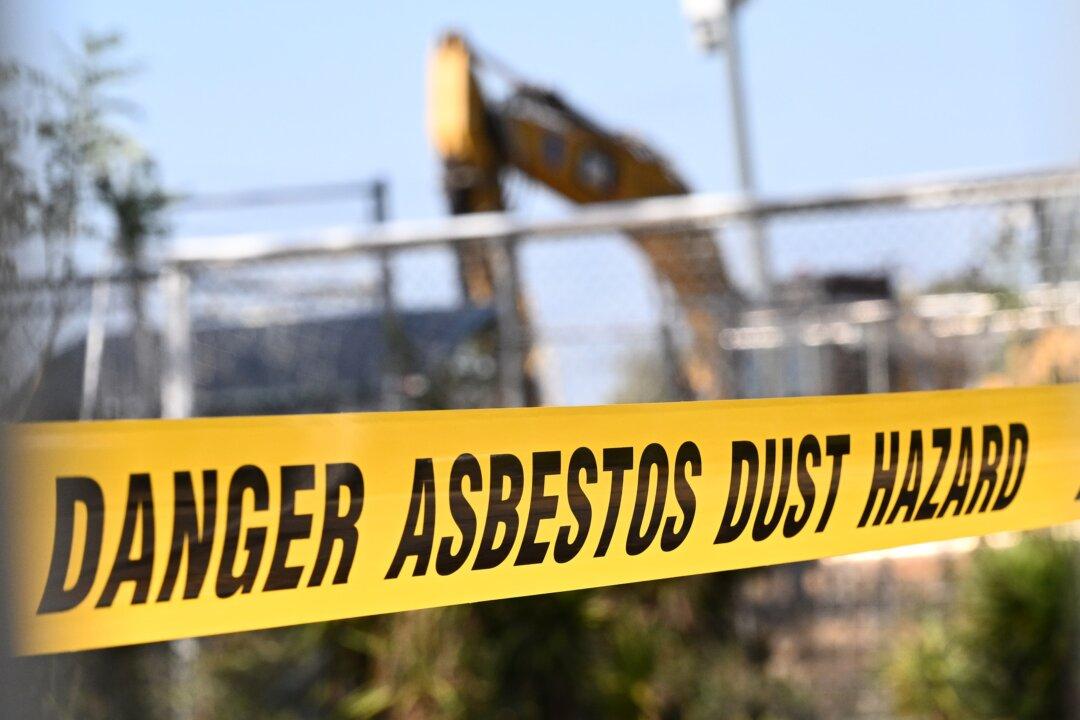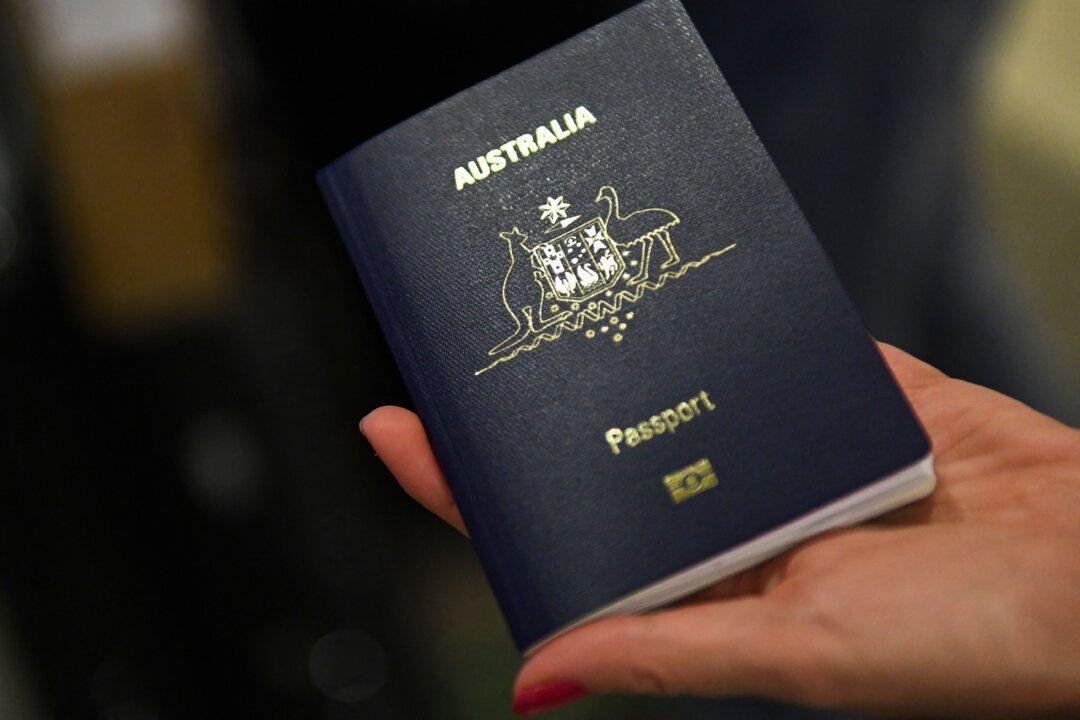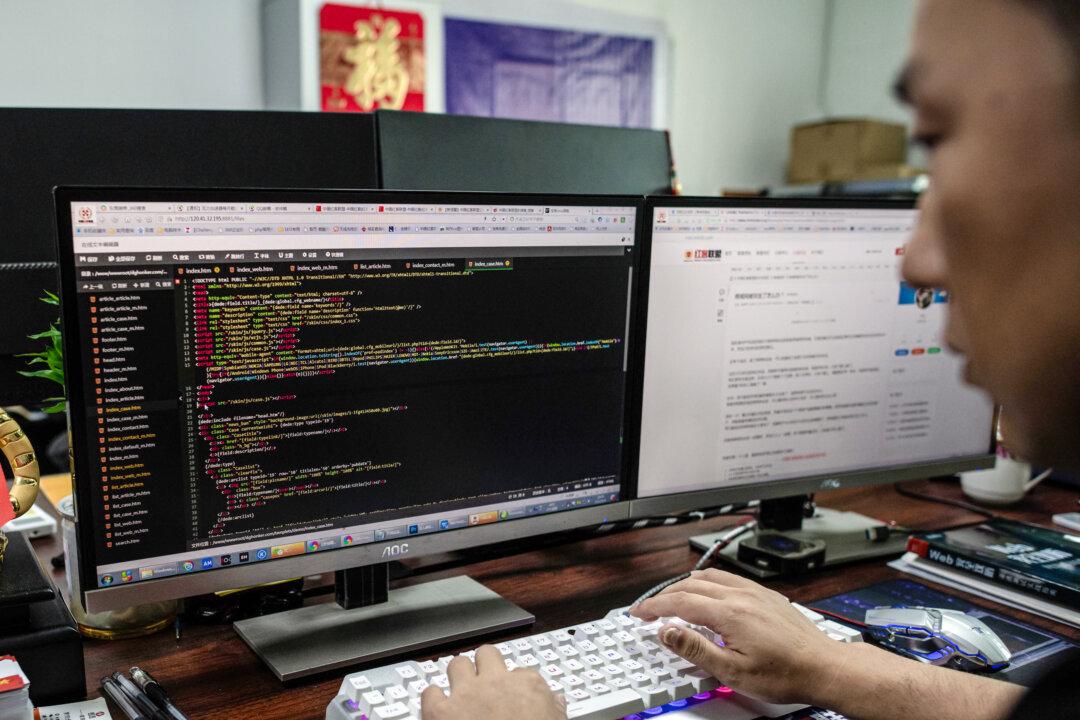With its re-election secured, Labor government now faces the hard reality of dealing with Australia’s structural economic problems.
Economists warn that beneath slightly easing inflation figures lies entrenched issues: stagnant productivity, unaffordable housing, and a suffocating business environment.





